#felis silvestris catus
Explore tagged Tumblr posts
Text
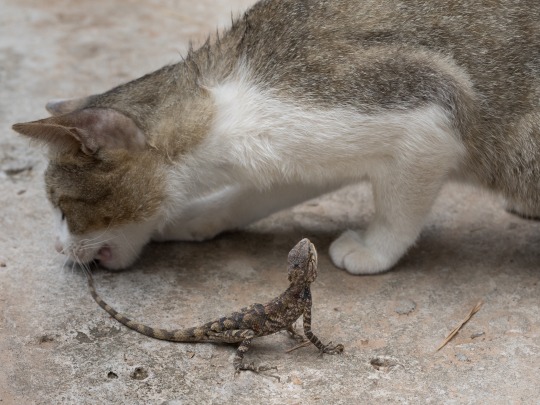
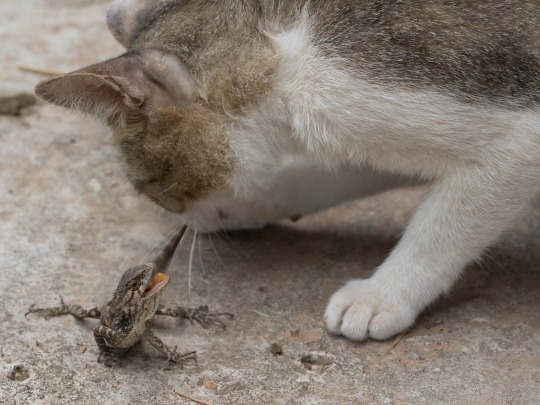
Cat biting the tail of a lizard (1/2)
“Felis silvestris catus (domestic cat) biting the tail of Calotes versicolor (Oriental garden lizard), in Laos.” - via Wikimedia Commons
#wikipedia#wikipedia pictures#wikimedia commons#nature#animals#cat#lizard#domestic cat#domesticated animals#felinae#felidae#feliformia#iguania#squamata#agmidae#c. versicolor#f. catus#felis catus#felis silvestris catus#calotes versicolor#catblr#cat play#common garden lizard#house cat#indian garden lizard#oriental garden lizard#eastern garden lizard#changeable lizard#carnivora#reptiles
33 notes
·
View notes
Text
A little-known fact is that every cat has a special superpower, like always smelling good or being very loud.
107 notes
·
View notes
Text
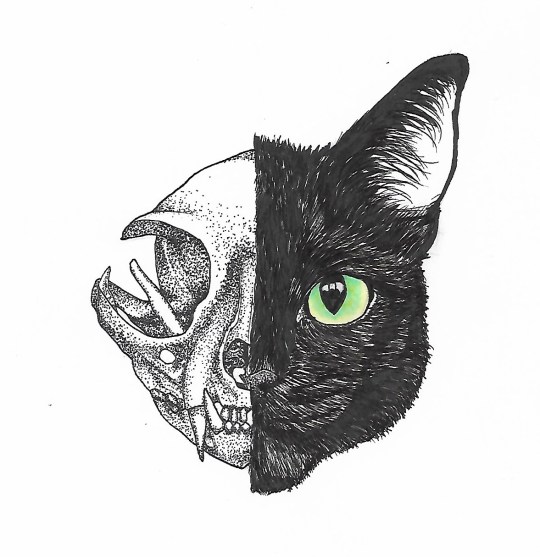
commission I made for a mutual a while ago
#zoology#my art#science#scientific art#scillust#scientific illustration#cat#felis catus#felis silvestris catus#skeleton#skull#cranium#vulture culture#crowcore#natural illustration#fauna
136 notes
·
View notes
Note
sopping wet kitten pulled out from water bowl lost in the sauce

nothing in his brain just wet kitty
#requests#art requests#felis silvestris catus#cat#kitty#WET CAT KITTYYYYyYYY he is wet#chefs kiss#little guys
27 notes
·
View notes
Text

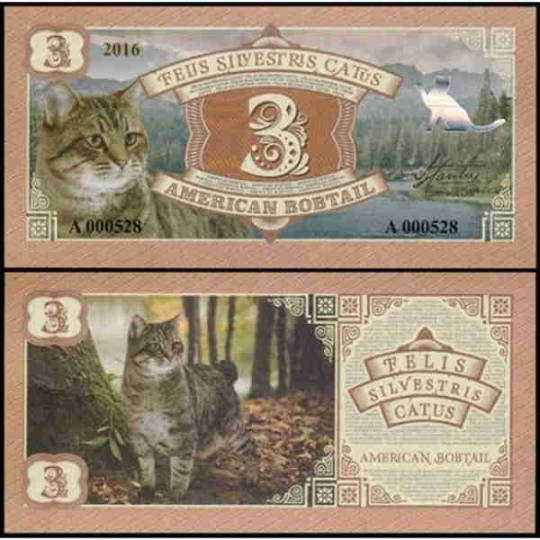
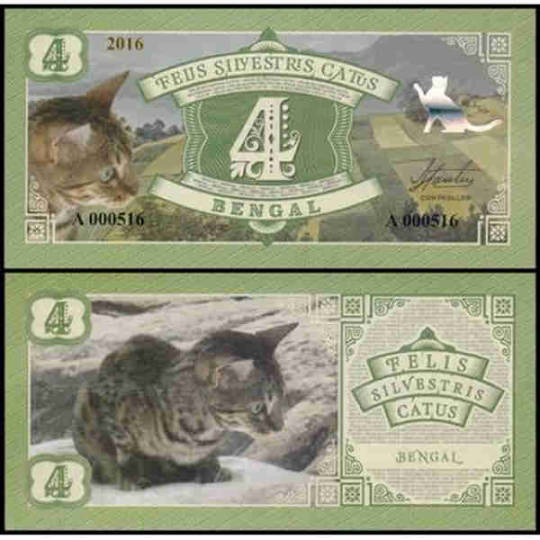
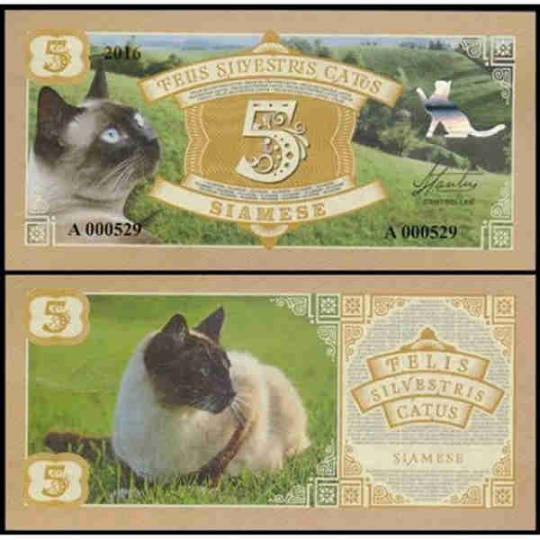
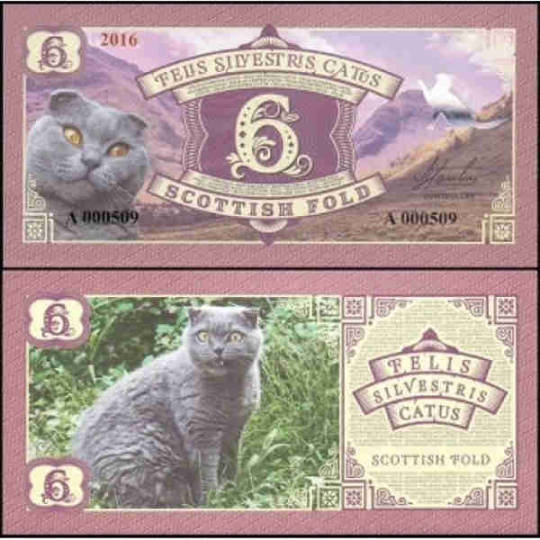
Felis Silvestris Catus - private themed issue with cats.
#Felis Silvestris#cats#catus#banknote#banknot#fantazyjny#fantasy#fancy#for collectors#kolekcjonerski#not circulated#nieobiegowy#note#koty#gatos
0 notes
Text

Tony Rose, photographer
The Scottish wildcat is a European wildcat (Felis silvestris silvestris) population in Scotland. It was once widely distributed across Great Britain, but the population has declined drastically since the turn of the 20th century due to habitat loss and persecution. It is now limited to northern and eastern Scotland. Camera-trapping surveys carried out in the Scottish Highlands between 2010 and 2013 revealed that wildcats live foremost in mixed woodland, whereas feral and domestic cats (Felis catus) were photographed mostly in grasslands
113 notes
·
View notes
Note
SPOILER:
I always thought warriors are Felis silvestris silvestris, aka wildcats or their hybrids with domestic cats, judging by how they go "yuck, kittypet blood 🤢, yay warrior blood 😍". There's a lot of warriors fitting the description of wildcats.
But apparently they are themselves are f. s. catus, aka domestic cats, aka kittypets with a rebranding, since there are wildcats in Ivypools edition and they say warriors had no idea such species as wildcats exist. Or they are half/descendants of wildcats, just have no idea.
I would love to see any other cat species interacting with warriors rather than wildcats. I hoped wildcats are warriors name for a lynx. Or legendary British big black cats!
Clans need more interaction outside their genus that are not hostile! Especially since other animals are capable of learning cat speak.
Also, you know those videos where scientists launch a robot inside an animal group? What would be wacky from their perspective. Imagine if you saw a lost kid in the woods and he looks like a skin stretched over a skeleton, talks nonsense and makes a whirring sound as he walks with a thousand yard stare.
.
27 notes
·
View notes
Text
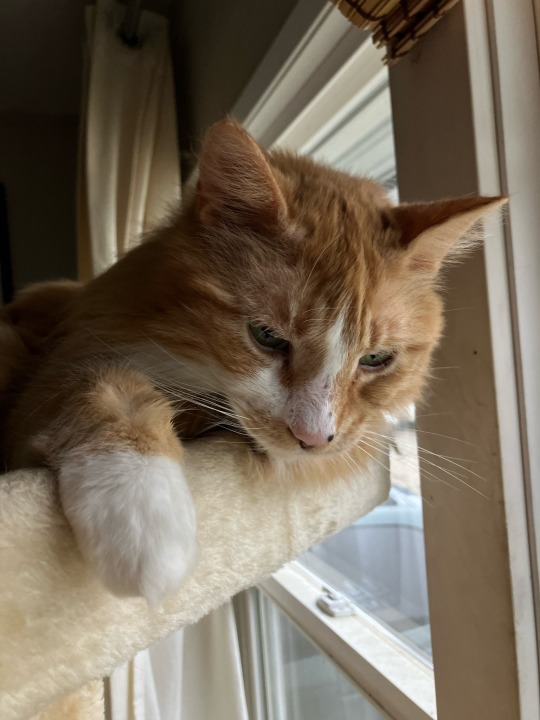
Despite being still fairly feral at thirteen years strong, my boy Casper the orange tabby floof displays multiple traits of domestication: bold white markings, long exquisitely soft hair, and an orange coat which would only ever rarely ever occur in the wild. Also, allergies.
There Was Another Domestic Cat!
I hate that I'm only now in 2024 learning about this rad 2016 cat science find (frustrating that it wasn't more publicized,); there's evidence in China that there was once a second species of domestic cat, Prionailurus bengalensis, or the Asian Leopard Cat. Fellow cat nerds will recognize that this is the same wild species that was hybridized with the domestic cat to produce the famously active and beautiful breed known as the bengal cat, however these ancient domestic cats evidenced in the study share no relation to the modern bengal. Modern domestic cats notably descend from the African wildcat (Felis silvestris lybica.)
The evidence of the domesticated version of the Asian Leopard cat is primarily wear patterns on teeth still connected to jaw bones found in China which do not show up in fully wild kitties. This basically means that these domestic cats were eating a diet which their wild brethren do not consume.
To me, the idea of a second ancient species of domestic cat is extremely intriguing and I will most definitely need to draw a concept if what these cats would have looked like with the calling card bold white markings and other domestic traits which inevitably appear in domesticated animals, as shown in the Russian Silver Fox Project which eventually produced completely domesticated foxes. It would also be very interesting scientifically to see the full ancient domestication of the Asian Leopard Cat reproduced although with thousands of modern domestic kitties in need of homes this experiment is likely never going to happen (which is for the better with so many far more suitable modern purr machines available for adoption.)
Domestication of modern domestic cats (Felis silvestris catus/Felis catus) likely took place on the Mediterranean island of Cyprus some 10,800 years ago with the cats quickly spreading to Egypt and China where they became beloved fixtures of temples, homes and palaces. Today thanks to artificial selection these kitties exist in miriad beautiful breeds and coat patterns but more importantly, modern kitties are noble, affectionate, and extremely social companions of the educated, responsible human household.
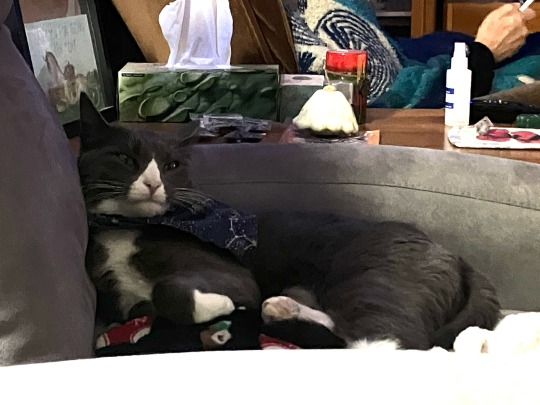
My three year old blue tuxedo cat Keplar, who spends his days playing, following me around everywhere that he can (getting very frustrated when he cannot,) chatting with me, and snuggling with his thirteen year old unrelated fluffy orange tabby brother, Casper. With a dilute gene turningwhat would've been a melanistic coat grey and bold white markings which are found only in domesticated animals, Keplar is an excellent representative of the modern domestic cat.
#cats#cats of tumblr#kitties#domestic cat#house cat#cat#cat news#cat science#asian leopard cat#bengal cat#african wildcat#archaeology#Chinese archaeology#Prionailurus bengalensis#Felis silvestris lybica
22 notes
·
View notes
Text

US 2021 additional ounce Brush Rabbit (Sylvilagus bachmani) US 2002 37¢ Cat (Felis silvestris catus) - kitten
#us#usa#2000s#2020s#rabbit#bunny#cat#cats#kitten#animals#stamp#stamps#philately#stamp collection#snail mail#postage#postage stamp#usps
25 notes
·
View notes
Text







#poll#random poll#fun polls#poll time#my polls#tumblr polls#random polls#polls#fandom polls#tumblr poll#polls on tumblr#polls polls polls#polls are fun#cat#cats#kitties#kittens#cute animals#kitty#cute cats#animals#kitty cat#kittyposting#cute kitty#feline#animal#felidae#felinae#mammalia#carnivora
38 notes
·
View notes
Text
Pylogenetic wild cat tournament
Domestic cat lineage
Genus: Felis
Depth: 12 (11 wins away from championship)


Honestly I tried to read about the relationship of the Felis species, but all the hybridization makes the situation very hard to understand.
[Felis catus:] Domesticated mostly from a lineage of Felis lybica lybica from Mesopotamia. (A revised taxonomy of Felidae' (2017))
The domestic cat is arbitrarily considered either as a subspecies of F. silvestris (Felis silvestris catus) or as a distinct species (Felis catus). (European wildcat and domestic cat: Do they really differ? (2017))
European wildcats, Felis silvestris, can hybridize with domestic cats, Felis catus, which was domesticated from the African wildcat, Felis lybica, to produce fertile offspring. [...] Indeed, domestic cats are genetically closer to Felis lybica, a species that has evolved in a different ecological and evolutionary context than Felis silvestris. (A common statement on anthropogenic hybridization of the European wildcat (Felis silvestris) (2023))
I kinda give it up. Have some pictures at least:
Chinese mountain cat


I love the blue eyes, it's a very interesting and unique trait of the species.
African wildcat


Elegant creature!
#polls#cats#tournament poll#phylogenetic wild cat tournament#domestic cat lineage#chinese mountain cat#african wildcat
61 notes
·
View notes
Text

Cat playing with a lizard
“Seated Felis silvestris catus (domestic cat) playing with a passive Calotes versicolor, (oriental garden lizard), facing it, in Laos.” - via Wikimedia Commons
#wikipedia#wikipedia pictures#wikimedia commons#nature#animals#cat#cats#lizard#lizards#reptiles#domesticated animals#domestic cat#felis silvestris catus#felis catus#f. catus#felidae#felinae#feliformia#house cat#oriental garden lizard#calotes versicolor#eastern garden lizard#indian garden lizard#common garden lizard#changeable lizard#agamidae#iguania#squamata#reptilia#catblr
35 notes
·
View notes
Text

7 notes
·
View notes
Note
So you see, Fennel.. [get ready to read this all creator😭😭]
All domestic cats belong to a single species – Felis catus. This is in spite of the great variety of modern cat breeds, from the sleek blue-eyed Siamese and beautifully-spotted Ocicat, to the snub-nosed Persian and the tiny Munchkin. They all belong to the Felidae branch of the animal family tree.
The Felidae is made up of two subfamilies – the Felinae, which includes domestic cats, all the smaller wild cats, and some medium sized beasts such as the Puma, Bobcat, Serval and Cheetah. The other branch of the family, the Pantherinae, contains the big scary ones. We’re talking about Lions, Tigers, Leopards, and Jaguars.
The domestic cat’s wild ancestor is the African Wild Cat, also known as the Near Eastern Cat, (Felis silvestris lybica) – not its very close relative the European Wild Cat (Felis silvestris silvestris). This isn’t just guesswork – the evidence is all there in the cat’s DNA (the genetic coding that makes each species, and each individual within a species, unique). Domestic cats split off from their ancestor around 10,000 years ago. That’s a long history for a family pet!
And in case you start thinking your pet puss is a million miles away from all those lions, tigers and leopards, you may be shocked to hear that kitty shares 95% of her DNA with an African Lion. Not quite as close as humans and Chimpanzees (98.8%), but still very close cousins.
And, when you think about it, cats are just a small pounce away from their wild state, no matter how much they cuddle up and purr in your lap. Hunting and self-sufficiency are second nature to them, as the millions of feral cats around the world show us. The most appealing theory of how and when cats came to be domesticated goes like this. At the dawn of history, African wildcats made a choice to move in with humans, enjoying the relative warmth and comfort. And all they had to do in return was the thing that comes most naturally to them – hunting down mice and rats.
But there are other theories too…
The general ballpark figure for the widespread domestication of cats is around 10,000 years ago. The rise in their fortunes coincides with the rise of agriculture. As soon as humans were storing grain, the rodents had a field day, and the cats had their work cut out. This theory would place domestication at about 12,000 years ago in the Middle East’s “Fertile Crescent” – the cradle of western agriculture, in a crescent-shaped area of fertile land around Egypt and Syria.
The earliest evidence we have of cats being kept as pets is a 9,500 year-old Neolithic grave in Cyprus containing a man and his feline friend. So, by the time of the cat’s most celebrated early heydays in Ancient Egypt (4,000 years or so ago), they were not exactly newcomers to the domestic hearth. But the Egyptians made a particular fuss of their pets, mummifying them, and worshipping the cat goddess Bastet amongst their vast reservoir of deities. Domestic cats – all descended from those African Wild Cat ancestors – arrived in Europe with Greek and Phoenician traders about 3,000 years ago. The Romans carried cats in their baggage wherever they marched. -🌑🐮

#rw voidlands#rwvl ask#rwvl fennel#OH MY GOD. ANON. THIS IS BEAUTIFUL#im so sorry she doesnt understand a word you said
20 notes
·
View notes
Text


Absolutely. @emiyasbignaturals
11 notes
·
View notes
Text
bees are by far my favorite animal domestication. beekeeping has been around almost as long as Felis silvestris catus. there are cave paintings depicting honey harvesting. but one day about ten thousand years ago some brave genius had to take the first stab at putting bees in a jar and i would kill to be there
5 notes
·
View notes